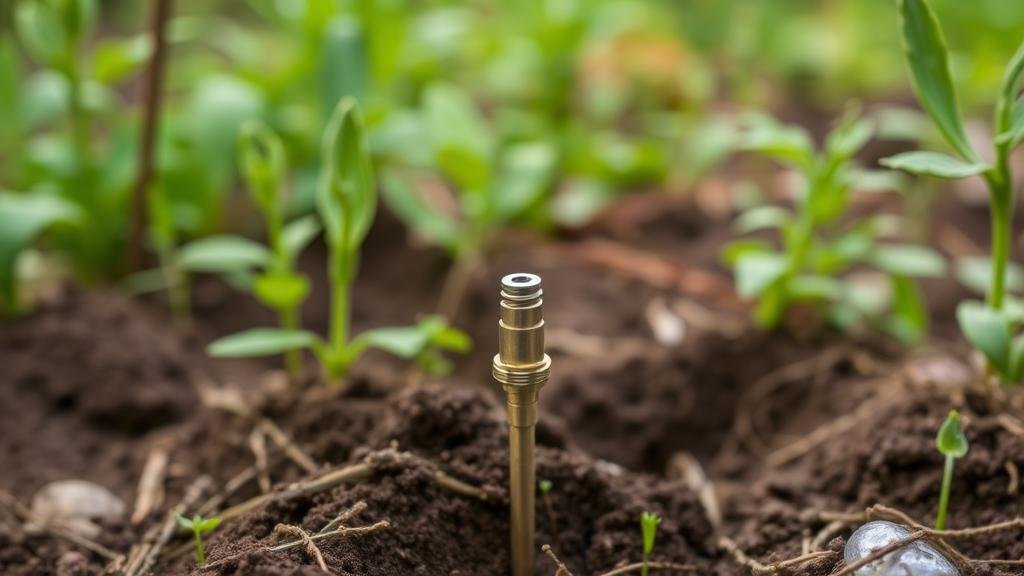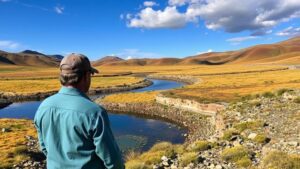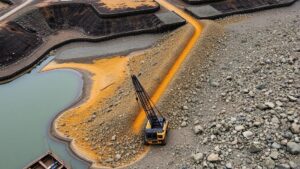The Basics of Finding Subsurface Resources With DIY Dowsing Tools
The Basics of Finding Subsurface Resources With DIY Dowsing Tools
Dowsing, often referred to as water witching, is a practice that claims to help locate underground resources such as water, minerals, and even lost objects. While the scientific community generally debates the validity of dowsing, many practitioners assert that it is an effective tool for resource identification. This article delves into the basics of dowsing and provides guidance on how to utilize DIY tools for subsurface exploration.
The History and Theories Behind Dowsing
Dowsing has roots that extend back centuries, with reports of practitioners dating as far as ancient Egypt. Traditionally, dowsers used forked sticks or metal rods, which they believed could respond to energy emanating from underground resources. Although skeptics question the methodology, proponents often cite anecdotal evidence of successful finds. Some theories suggest that dowsers are subconsciously picking up on subtle environmental cues, while others hypothesize about the existence of unexplained natural forces.
Understanding Dowsing Tools
There are various tools commonly used in dowsing. most popular include:
- Y-rod: A traditional tool shaped like a Y, held in both hands, which is said to respond to energy changes.
- L-rods: Simple metal rods shaped like L that can pivot at the elbow, commonly used for detecting underground movements.
- Dowsing pendulum: A weighted object suspended on a chain or string, which some believe can indicate presence or absence through its motion.
DIY Dowsing Tools: Construction and Use
Creating your own dowsing tools is straightforward and inexpensive. Below are instructions for two common types of dowsing tools.
Creating a Y-Rod
- Select a branch of a flexible, yet sturdy material, such as willow or a plastic coat hanger.
- Ensure the branch is about 2-3 feet long and remove any offshoots to create a smooth Y-shape with approximately a 45-degree angle between the two arms.
- Hold the ends of the Y in each hand, with the stem pointing away from you.
To use the Y-rod, walk slowly over an area where you suspect resources may be located. Pay attention to the movement of the rod; many believe it responds to subsurface energy by pointing downwards or pivoting in a certain direction.
Making L-Rods
- Acquire two coat hangers or any stiff metal wire that can be bent into an L shape.
- Cut the wire to lengths of about 2 feet for the long arm and 6-8 inches for the short arm.
- Bend the wire to create an L shape, with the short end serving as a handle.
Hold an L-rod in each hand with the short ends parallel to your body. Walk through areas where you suspect resources, observing the rods for any movement that may indicate a location.
Practical Applications
Dowsing can be applied in various real-world scenarios. For example, farmers may use dowsing to find water sources, while construction crews might seek out underground minerals before beginning a project. In environmental monitoring, enthusiasts have reported using dowsing to locate buried waste materials for cleanup efforts. While scientific backing may be sparse, these applications illustrate how dowsing can be integrated into practical resource identification efforts.
Limitations and Considerations
Before embarking on dowsing, it is vital to consider certain limitations:
- Scientific skepticism: Many scientists argue that results from dowsing are due to chance or the ideomotor effect, where individuals subconsciously move their hands in response to suggestions.
- Lack of replicable methods: Successful dowsing experiences often lack standardized procedures and measurement, making it difficult to validate results.
So, while dowsing can be an intriguing exploration into resource finding, users should approach the practice with an open but discerning mind.
Actionable Takeaways
In summary, while dowsing remains a controversial method for locating subsurface resources, crafting DIY tools such as Y-rods and L-rods can provide a hands-on approach to exploration. Here are key points to remember:
- Understand the history and theories supporting dowsing to better appreciate the craft.
- Use simple materials to create effective dowsing tools.
- Be conscious of the limitations and scientific views regarding dowsing.
- Explore practical applications while maintaining a balanced perspective on results.
By studying and practicing these techniques, both enthusiasts and skeptics can engage in a meaningful exploration of natural resources beneath our feet.



